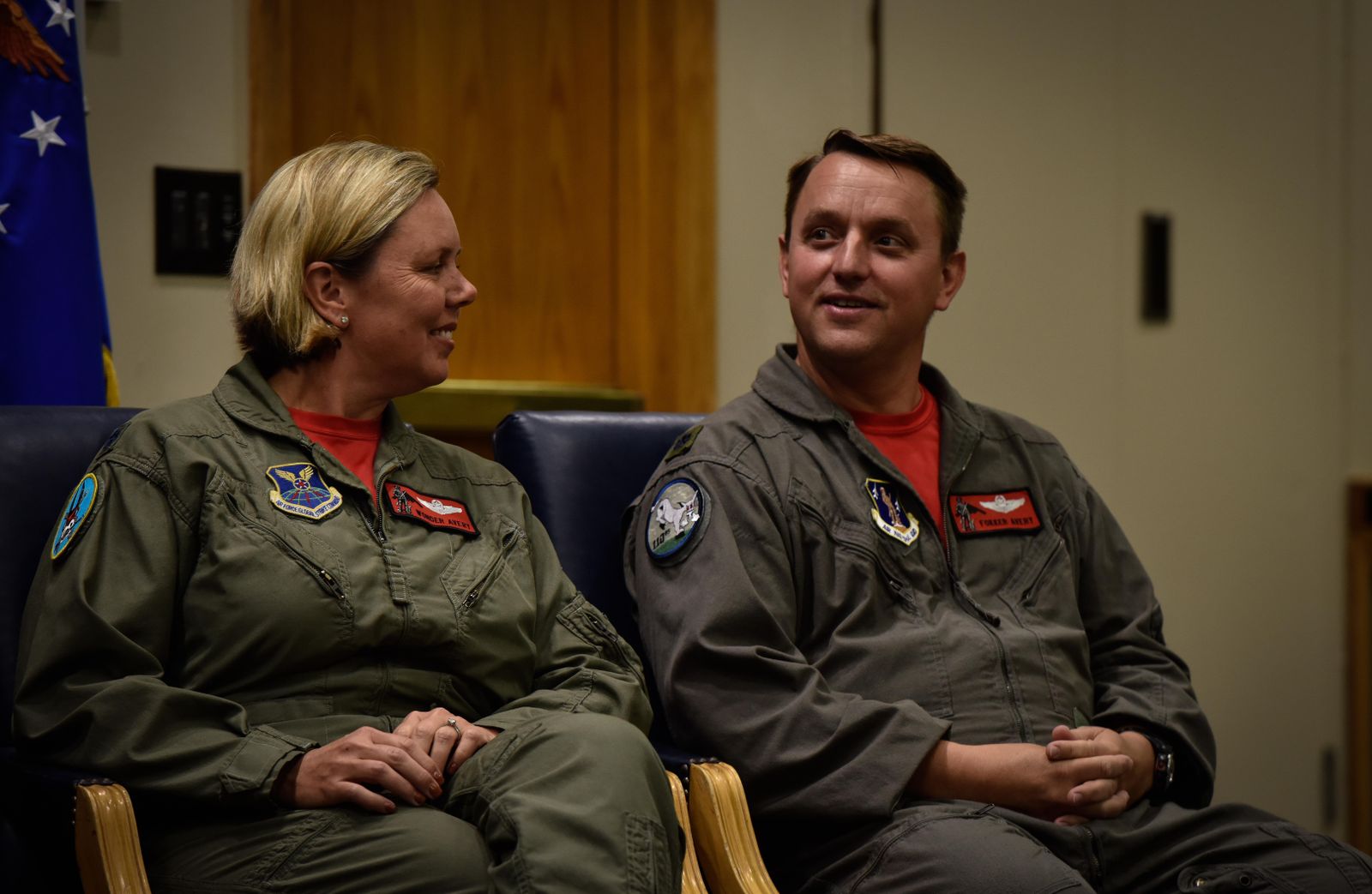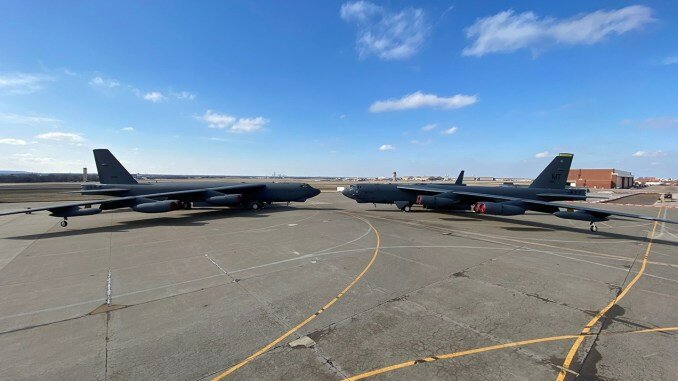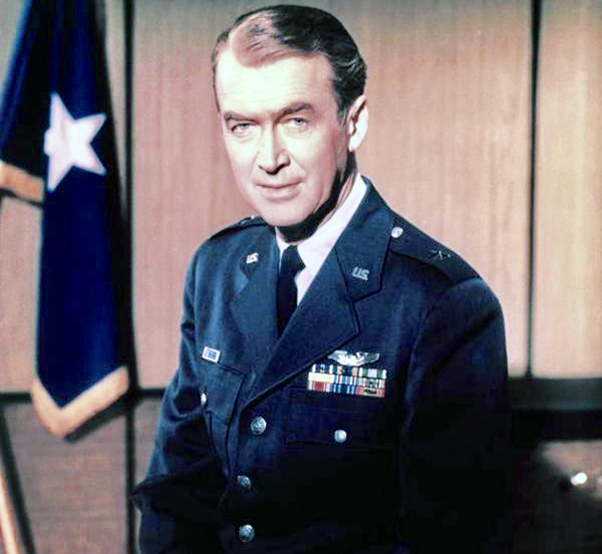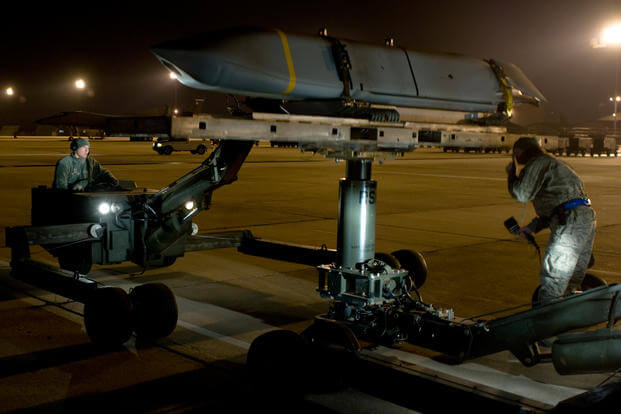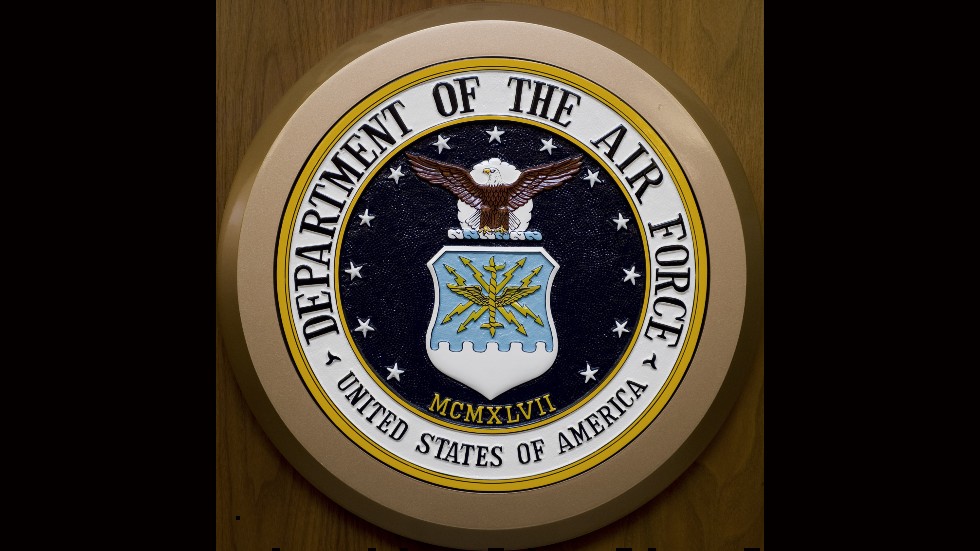The U.S. Air Force flew a B-1B strategic bomber with Israel over the Middle East above essential maritime chokepoints on Saturday, as relations between the U.S., its allies and Iran remain contenti…

thehill.com
Rattling an increasingly rusty saber, I fear.
It will be a sad day when the last B-1B retires to the Boneyard leaving the USAF without a supersonic bomber and only relying on the subsonic and old B-52H and the maintenance heavy B-2, to be replaced by the subsonic B-21.
Meanwhile Russia will have the supersonic Blackjack & Backfires.
It's a bit of a stretch to call the B-1B supersonic. Technically, at altitude, barely, yes.
It's also worth noting PAK DA is by all accounts sub sonic. Tu-160/22M3 are retained for the same reason the B-1 is: they are built and available.
They're building NEW Blackjacks and the Backfires will be around for a long time.
If we're really unlucky they might have a whole two dozen Blackjacks in the '50's when the USAF has 100+ each of B-21 and B-52?
The bomber gap exists, but only in the context of the United States absolutely mogging everyone else in the world for the foreseeable future. Getting rid of geriatric trash like the B-1 is a good idea considering it's worthless in the context of a strategic forces conversation. Actual dead weight. Maybe they can afford to buy enough engines to fly the wings off the B-52s if they jettison them earlier.
Meanwhile Russia will have the supersonic Blackjack & Backfires.
That's what the Hypersonics are for (If they can get them to work)

Now imagine you had a supersonic platform, or just any platform, to launch them from. A Bacikfire-C can carry three 13,000lb class weapons externally. (Obviously not at supersonic speed.) The Blackjack could probably top that and carry them internally. A B-52 could carry two and a B-21 none. Both the B-21 and B-52 internal bays are too short for something that big.
Blackjack is a worse cruise missile platform than the B-52 and it comprises the bulk of RuAF's strategic air forces. If you're concerned about Blackjack then I suggest you take a look at the fact that Russia is unlikely to have more than 20 of them in the future, given the industrial issues Russia faces.
A whole single digits of functional strategic bombers are really going to overwhelm NORAD I'm sure, but I'm not quaking in my boots.
Not sure where you got the idea that Blackjack, with its two 8 meter bomb bays, can somehow carry a pair of Kh-22s though. That's kinda loony and Tom Clancy-ish in a way, but that's beyond the conversation.
Zircon is external carriage only by Backfires for anti-carrier group attacks by regiments. It's unlikely Russia will ever have more than two or three total warshots, which translates to about 100 missiles, simply because they don't expect Backfire regiments to survive long enough to get off maybe one or two raids before being killed by naval defense fighters and BARCAPs. So there won't be enough Zircons to arm all Backfires, much less Blackjack lol.
Whatever, if anything, replaces Kh-22, will probably be very similar in size to it, and again a Backfire weapon. Probably to fill out the ammo bunkers for the remaining Backfire regiments.
Neither are significant threats to an Aegis equipped battlegroup with F/A-18E/F, much less one with AMDRs, F-35C and NGAD.

